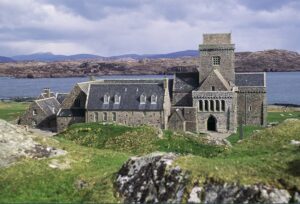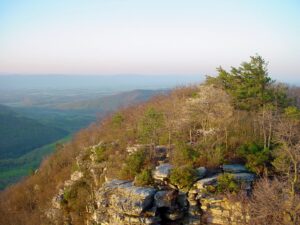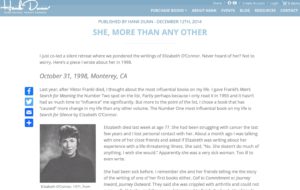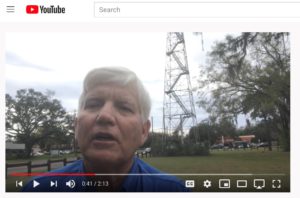
Morning paddle the day before the disaster.
I had a nearly fatal accident last week. In the end, I just got soaked from a capsize of my kayak and lost some items. I thank God I am alive. After reading my story, some very well-meaning people may say, “God protected you!” Being a very devout man and former healthcare chaplain…that is the LAST thing I’d want to hear.
Setting the stage for disaster
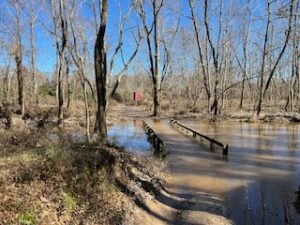
Access to take-out through high water
I took advantage of a break in my schedule, and several good weather days ahead, to go camping, kayaking, and biking. I was off to a new place for me, Bogue Chitto State Park in Louisiana, not far from the Gulf Coast. The park stretches out over several miles of the Bogue Chitto River.
The river was at flood stage, and moving very fast. I scouted it out for two days and estimated that it would take me an hour to paddle from the put-in to the take-out. The only unknown was what exactly the take-out would look like.
I took two trips there to assess it, by car and by bike. I could see the river, but I couldn’t see the riverbank where I had to take out because of the high water. So, I dropped a pin on the map on my phone so I’d know when to look for it and set off to start the paddle.
Disaster strikes
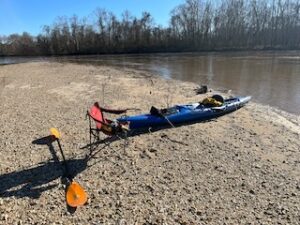
Pleasant, sunny break on sandbar on Bogue Chitto River, LA
It was a sunny but cool day. I had no problem navigating the high, swift water, and even took a pleasant break on a sandbar.
As I approached the take-out and got closer to the bank, the strong current slammed me sideways into a downed tree and I flipped over and went totally under. I was in my sit-on-top kayak so there was no popping back upright. There was also no righting the kayak because I have no idea how to do an Eskimo roll. Once I came above water again, I found my boat and paddle.
The next task was to get out of the fast-moving water. Swimming with considerable effort, I found a fallen tree near the bank and was able to hold onto it. I spent several
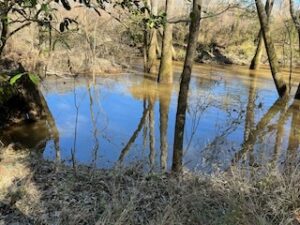
At this place on the bank I made my self-rescue.
minutes, still in the water, just catching my breath. Was it two minutes or five minutes? Those few minutes also gave me time to think, “This is not a good situation.” When I left, I had told no one I was paddling and when to expect me back.
Again, with much effort, I swam in water that was mostly over my head, pulling my boat from tree to tree until I found solid ground. I knew I was close to the take-out, so I walked through the woods dragging my boat until I got to the road and eventually to the take-out. I had left my bike there earlier, and was able to ride the several miles back to my car.
Some things went right…
Fortunately, I did a lot of things right. I had on my life jacket, cinched up tight. It literally saved my life. I have always worn a fanny pack attached to my body for things I did not want to lose. In it was my car key.
I also had secured my phone in my life jacket. I had it out moments before to check for the take-out and set it on the floor of the kayak. Then I thought, “Maybe I ought to secure this puppy.” I am so glad I did.
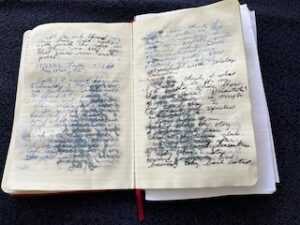
Journal was baptized after the capsize.
Because of the cool temperature, I wore wet suit pants and socks. My t-shirt and turtleneck were synthetic material, which retains some warmth even when wet. I never felt cold, partly because I was working so hard.
My biggest regret, besides getting too close to that fallen tree, was I did not secure my cochlear implant processor. I lost it in the tumble. Fortunately, I had my old processor in the car as a backup. I lost my hat and a bottle of water, too.
I never had a fear that I would die. I could have, but my life jacket saved me. There was a moment when I got separated from my boat that I feared I would not be able to get back to it and be dragged down river to who knows where. Thankfully, I was able to use my paddle to pull the boat back toward me.
It’s “No problem”
Sitting at camp that night, I was glad to be alive and warm by the fire before me. I reviewed the events of the day. I thought about my friend, Wayne, who once reframed life’s challenges for me simply using the phrase, “No problem.”
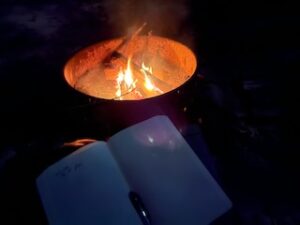 For a situation in which you have no control: “No problem, there is nothing you can do about it.” For a situation in which you CAN do something about it: “No problem, take steps to figure it out.”
For a situation in which you have no control: “No problem, there is nothing you can do about it.” For a situation in which you CAN do something about it: “No problem, take steps to figure it out.”
For me, this mishap was the latter, and I got through it with a series of “no problems.” Submerged in the water? No problem, get above water. Lost my boat? No problem, pull it back with my paddle. Need to avoid being swept downstream? No problem, swim to shore, relax, catch my breath. Got to get back to the car? No problem, get into the woods and find the road.
That’s not what I was thinking during the unfolding disaster, everything happened so fast I had no time to think of anything but the task at hand. But you know what they say about hindsight.
A real miracle
In my 45 years of paddling, I have never swamped. I always prepare for the possibility, thus the attached and secure fanny pack, the life jacket, and wet suit. But I also always thought it was a remote possibility, thus I did not secure my cochlear device. The next morning, I typed a long journal entry on my computer (my journal got soaked in the spill). Here is an excerpt:
“I have thought about what a disaster yesterday could have been. Had I been swept underwater and pinned in a sieve of the branches of the tree, I would have been dead in minutes. They might not have found my body for weeks as the flood waters receded. A similar accident took the life of a very skilled kayaker in Great Falls, Virginia in 2013. She got pinned under water and drowned.
“So many random, chance happenings prevented the capsize from becoming a disaster. When I first started paddling years ago I asked canoe guide, Ralph Shaw, why flood waters on whitewater rivers are so dangerous. After all, when the water rises all the rapids disappear. He said it is the volume of water that is the danger. That is what toppled me yesterday. Once the massive flood caught the edge of my boat, I was at the mercy of those waters….
“…I can hear some well-meaning people saying to me, ‘God protected you.’ I don’t want to hear that. The reason being is the terrible implication for all those who do drown in similar situations. Or what about hundreds of my patients who died while I was a nursing home and hospice chaplain? Following this reasoning, God did not protect them. It is a view that God picks winners and losers.
“I CAN say, ‘I thank God I am alive.’ But not that God saved me last week. I think of Cheryl Strayed, whom I wrote about in my blog, when she just said, ‘Thank you,’ at the end of her 1,000+ mile hike on the Pacific Crest Trail. I am simply glad to be alive every day.”
The miracle is not that I did not die last week — the real miracle it is that I am alive in the first place.
________________________________________
Chaplain Hank Dunn is the author of Hard Choices for Loving People: CPR, Feeding Tubes, Palliative Care, Comfort Measures and the Patient with a Serious Illness and Light in the Shadows. Together they have sold over 4 million copies. You can purchase his books at hankdunn.com or on Amazon.


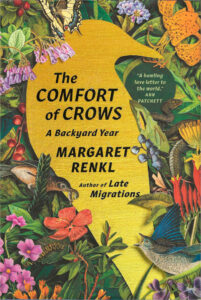 “We are creatures built for joy”
“We are creatures built for joy”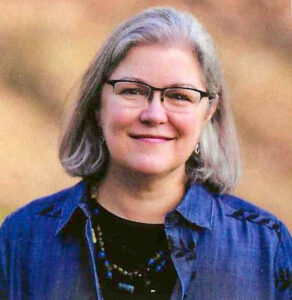
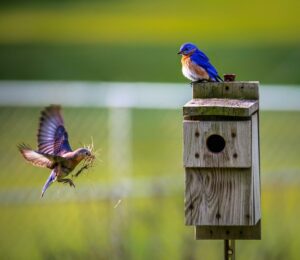

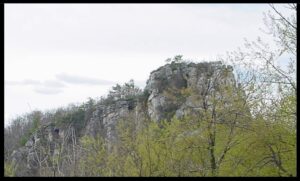
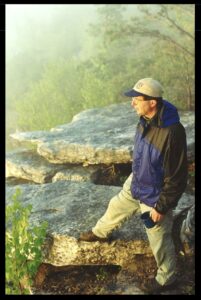 James had traveled from Atlanta to attend a workshop at the Lost River Retreat Center in West Virginia, only a few miles from the Schloss. I picked him up and drove to the trailhead. We walked the two miles up the mountain and set up camp near the summit.
James had traveled from Atlanta to attend a workshop at the Lost River Retreat Center in West Virginia, only a few miles from the Schloss. I picked him up and drove to the trailhead. We walked the two miles up the mountain and set up camp near the summit.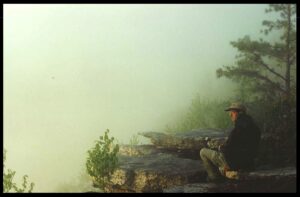

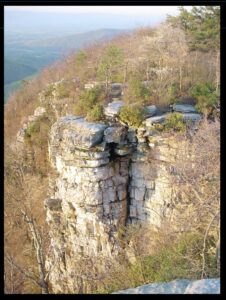
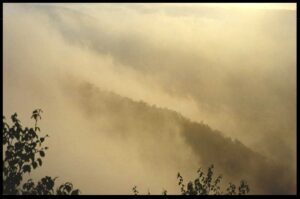
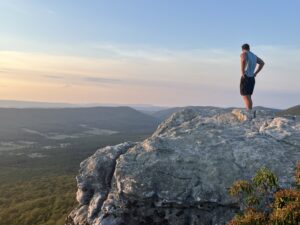
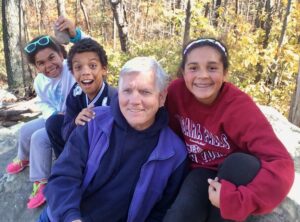
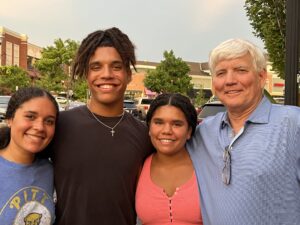

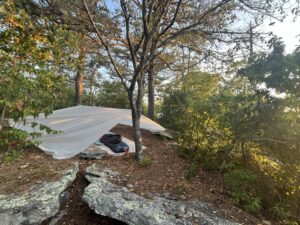
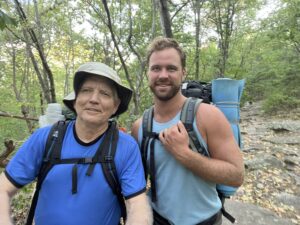
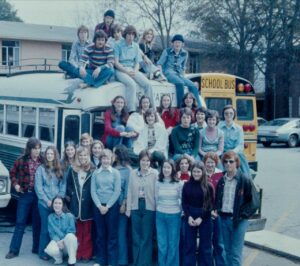
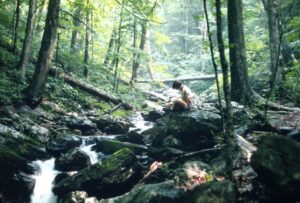
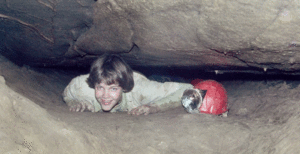


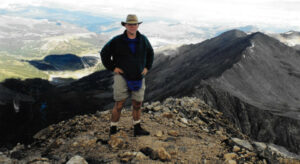
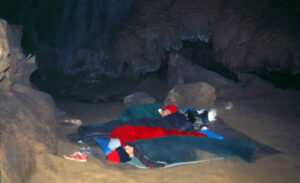
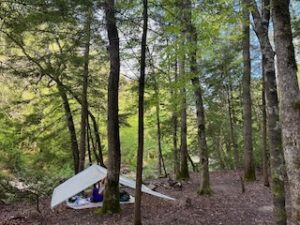





 For a situation in which you have no control: “No problem, there is nothing you can do about it.” For a situation in which you CAN do something about it: “No problem, take steps to figure it out.”
For a situation in which you have no control: “No problem, there is nothing you can do about it.” For a situation in which you CAN do something about it: “No problem, take steps to figure it out.”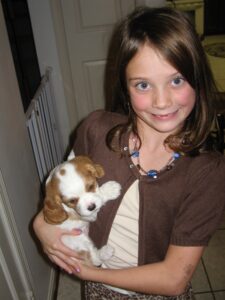
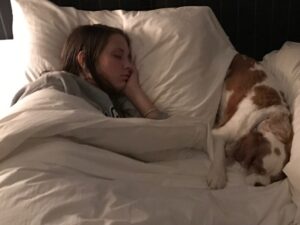 “Charlie” was not a very creative name, but it just seemed to fit a male King Charles Spaniel. At first, we crated him at night. After weeks of barking, he finally settled into his crate and his place at home. Until…
“Charlie” was not a very creative name, but it just seemed to fit a male King Charles Spaniel. At first, we crated him at night. After weeks of barking, he finally settled into his crate and his place at home. Until… Charlie joined Katie in Oxford her second year at Ole Miss, where he supported her during roommate issues and dating cycles. Their deep bond reached new depths. A dog just loves unconditionally.
Charlie joined Katie in Oxford her second year at Ole Miss, where he supported her during roommate issues and dating cycles. Their deep bond reached new depths. A dog just loves unconditionally.
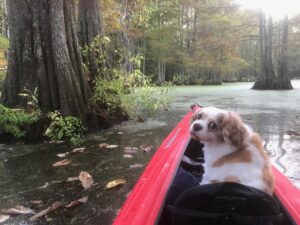
 On Sunday afternoon, my wife and I were pulling into the Walmart parking lot, and she blurted out, “Katie has to come home tonight.” It was a mother’s flash of insight for her soon-to-be grieving daughter. She called Katie and told her to get to National airport and get on a plane. I picked her up in Memphis with Charlie a few hours later. They slept together on our bedroom floor that night before she returned to D.C., Monday. In the car on the way to the Memphis airport, she “Snapped” a photo to friends, “my last photo I’ll ever take with my baby.” Indeed, it was.
On Sunday afternoon, my wife and I were pulling into the Walmart parking lot, and she blurted out, “Katie has to come home tonight.” It was a mother’s flash of insight for her soon-to-be grieving daughter. She called Katie and told her to get to National airport and get on a plane. I picked her up in Memphis with Charlie a few hours later. They slept together on our bedroom floor that night before she returned to D.C., Monday. In the car on the way to the Memphis airport, she “Snapped” a photo to friends, “my last photo I’ll ever take with my baby.” Indeed, it was.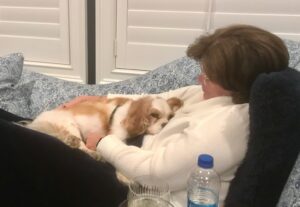
 The story is about loss and backpacking, two abiding interests in my life. I’d probably write favorably of anyone who takes their grief on a 1,100-mile backpacking trip. Cheryl Strayed did and wrote about it.
The story is about loss and backpacking, two abiding interests in my life. I’d probably write favorably of anyone who takes their grief on a 1,100-mile backpacking trip. Cheryl Strayed did and wrote about it.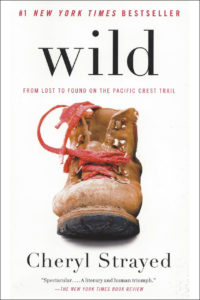 There are many moving passages in the book, but I was caught by one line on the next-to-last page of the book. Cheryl touches the bridge on the Columbia River, the site at the end of her journey. She walks back to an ice cream stand to buy herself a treat with the last two dollars she has to her name. She enjoys her ice cream, chatting with a lawyer from Portland who stops for ice cream, too. She says goodbye to him and
There are many moving passages in the book, but I was caught by one line on the next-to-last page of the book. Cheryl touches the bridge on the Columbia River, the site at the end of her journey. She walks back to an ice cream stand to buy herself a treat with the last two dollars she has to her name. She enjoys her ice cream, chatting with a lawyer from Portland who stops for ice cream, too. She says goodbye to him and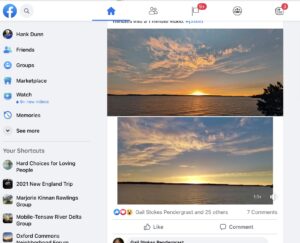 In my personal photo collection, I have scads of dawns and dusks. Sunrise in the swamp. Sunset from a mountaintop.
In my personal photo collection, I have scads of dawns and dusks. Sunrise in the swamp. Sunset from a mountaintop.